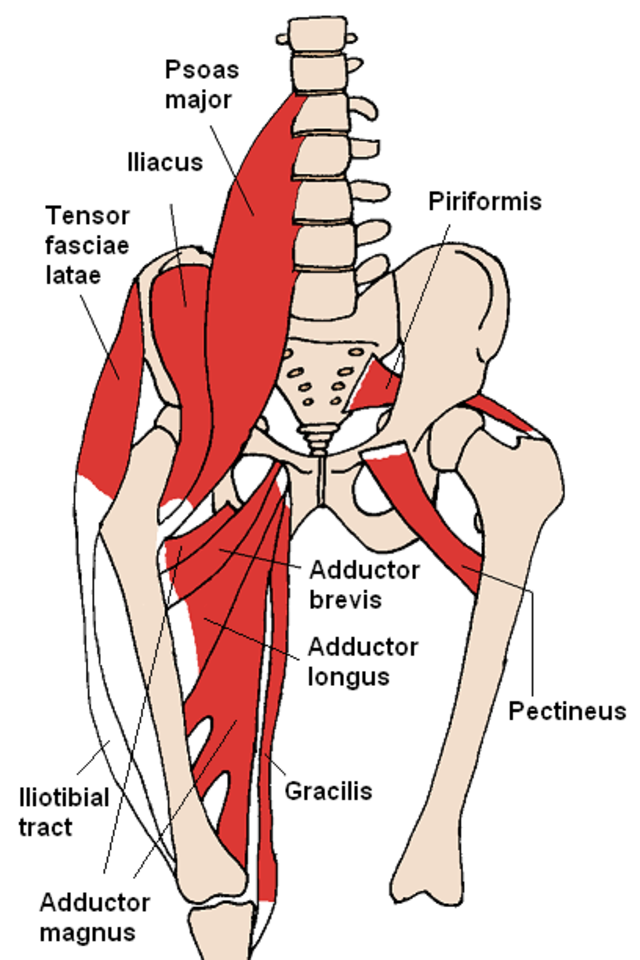Breakdance related wrist sprain - injury and recovery
/As we all know, the original form of hip hop dance is breakdance. Often times, b-boys and b-girls injure themselves as they are learning the foundations of breaking - the 6 step, freezes, windmills - many moves from basic downrock to complex power moves result in putting a lot of stress on the wrist. Some of the freezes like an airchair put the entire body weight on a single wrist. A wrist sprain is a common injury, and it’s important to try to identify this and plan out the best route of recovery.
The wrist contains several muscles, tendons, and ligaments that can get injured in the course of normal breakdance. Ligaments are connective tissue that hold two bones together. And these tissues often get pulled beyond their normal range while dancing, resulting in a sprain. While breakdancing, a common injury results from hyperextension of the wrist, bending the wrist more than 90 degrees in any direction.
Wrist sprains are often graded into three categories of severity.
A grade 1 injury is simple stretching of the ligament. Grade 1 injuries are serious enough to prevent you from breaking for days, weeks, or months, but usually do not require any medical attention. Grade 1 injury is usually described as a dull pain, that may spike during a sharp motion. You would probably not notice these injuries until you start moving the wrist around in everyday activity.
A grade 2 injury results from partial tearing of the ligaments, up to 50% of the fibers. These injuries are painful, but they do not change mobility of the wrist. Grade 2 pain is more severe than that from a grade 1 injury, but there is often inflammation and swelling. The pain from this injury will prevent you from doing everyday activities, from writing to typing on a keyboard.
Grade 3 injuries are very severe, and require medical attention. In a grade 3 wrist sprain, all of the ligaments have been torn, which leads to excessive range of motion. Ironically, the pain from a grade 3 wrist sprain is less than grade 2 pain, since the ligament is completely removed from the bone. There may be less inflammation since the ligament is no longer attached.
Recovery from wrist sprain injury
Usually, grade 1 and 2 wrist sprains can recover on their own. The most important step is to minimize reaggravation of the injury. Take time off from breaking, and be gentle with your wrist in the meantime. Avoid lifting anything heavy, and definitely avoid twisting motions. The first day after your injury, you should try and ice your wrist, which can minimize the inflammation. Consider a wrist brace, which can help stabilize your wrist as you go about your day to day activities.
A compress can help decrease swelling and bring your wrist back to normal. You can buy a reusable velcro compress from any drug store.
You’ll also want to try strategies to manage the pain. Over the counter pain killers like aspirin or Tylenol will be effective at minimizing the pain. As an added bonus, these medicines also decrease inflammation, which can speed up the recovery process.
In a grade 3 wrist spring, you will need medical attention. Schedule an appointment with a medical doctor who can make an official diagnosis and talk about your options.












